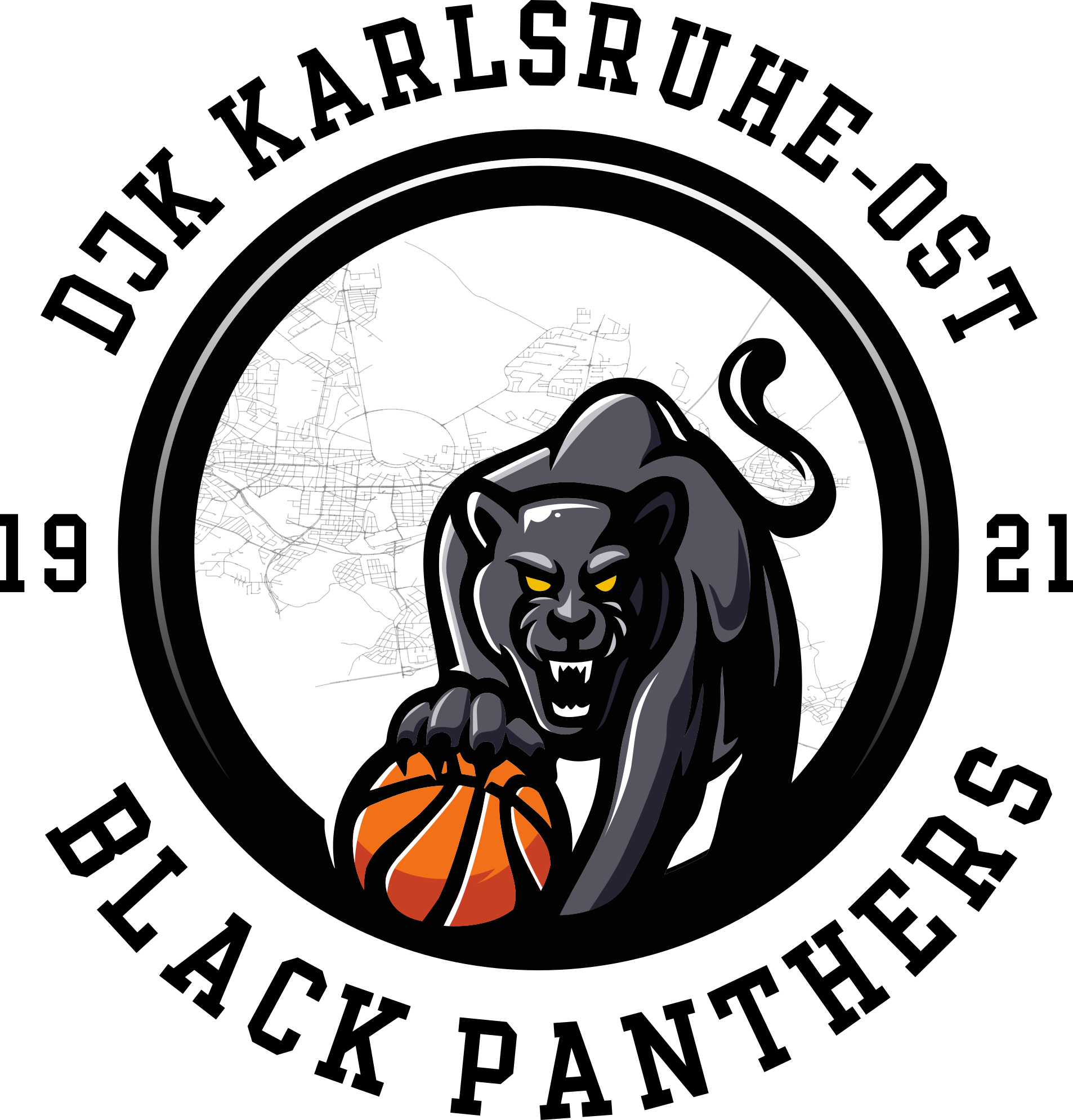XML introduction
Over the past years, the "eXtensible Markup Language" (XML) has established itself as the central infrastructure for the electronic data interchange and for the filing of (semi)-structured databases.
The successful advance of XML, which - incidentally - is still far from being completed, but which permanently conquers further areas, is principally based on two characteristics: On the one side, a XML document is simple and clearly structured (and therefore easily processable by machines) and to a certain extent readable and interpretable by people. On the other hand, a XML document is bound – in contrast to an ASCII-based text document – to a schema and can be validated against this schema. This principle which comes, as an essential feature, from the field of databases forms the basis for each kind of the electronic data interchange in which the partners comply with agreed schematic definitions.
As a consequence, the existence of a schema allows the extensive use of XML, starting from the electronic order via the Internet, the formulation of a Remote Procedure Call in distributed systems up to the XML-based reconstruction of data stocks already existing in heterogenous systems. Currently, this last aspect, in particular, becomes increasingly important under the catchword of the information integration, whereby XML is used as generic approach for the description of individual databases and thus a XML-based point of view can be put over a large number of physically autonomously modelled databases.
Apart from basic concepts like XML itself, XML Schema, XPath, etc., XQuery became an independent query language with the aim to be the central tool for the access to XML databases which either exist physically in the form of XML documents or which just exist virtually and are projected on actually existing autonomous systems by a middleware layer. The objective of XQuery is not only to realise an access to XML-based data stocks but also to provide significant opportunities for the filtering, linking, transformation and construction of new XML documents. The handling of XML data bases and especially the knowledge of XQuery will, in future, gain the same standing as SQL in the context of relational databases and will become fundamental. XQuery will manifest itself in the area of application development as well as in the fields of research and teaching. Therefore, a detailed introduction to the underlying language concepts of XQuery is given here.
Unfortunately, we cannot provide a complete introduction to all XML concepts. However, those concepts of XML being necessary for the comprehension of XQuery shall be introduced in a compact form on the following pages.
| << back | next >> |




